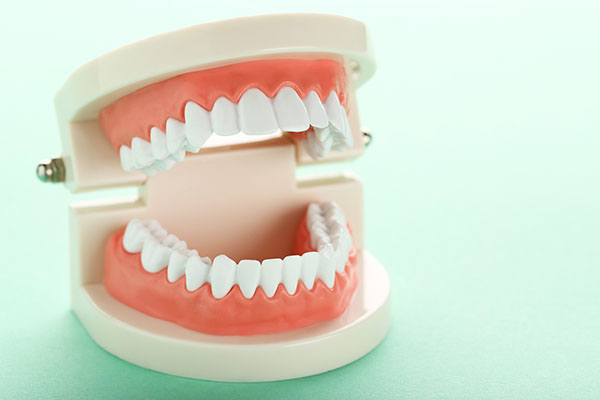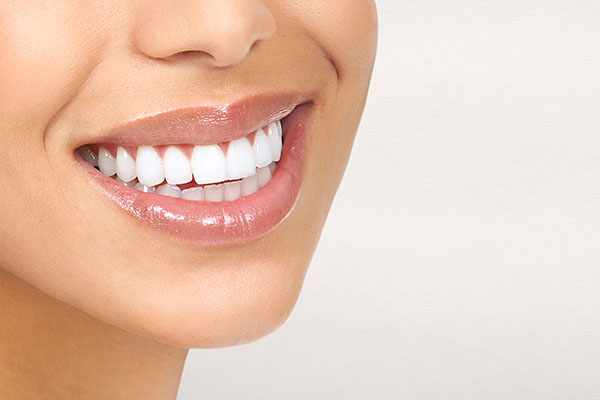 A general dentist steps into the role of a restorative dentist when repairing and replacing damaged or missing teeth. Restorative dentistry is so common that almost everyone has had one of these procedures at some time. Here is a closer look at the role of the restorative dentist and the most common procedures in this area of dentistry.
A general dentist steps into the role of a restorative dentist when repairing and replacing damaged or missing teeth. Restorative dentistry is so common that almost everyone has had one of these procedures at some time. Here is a closer look at the role of the restorative dentist and the most common procedures in this area of dentistry.
Restorative dentistry explained
A restorative dentist is a general dentist who repairs and replaces teeth using a wide range of procedures, from simple cavity fillings to replacing a full arch of teeth. Unlike cosmetic dentistry, where the goal is to improve how teeth look, restorative dentistry's chief goal is to restore oral health and chewing function. However, the results of restorative dentistry often have cosmetic benefits as well.
Repairing teeth
From treating cavities to fixing chipped and broken teeth, here are some common ways restorative dentists fix teeth:
Dental filings
A dental filling is the most common restorative dentistry service. A dentist removes the tooth decay or cavity with a drill during this simple procedure. Then, using a filling material such as an amalgam or tooth-colored resin, the dentist fills the hole, restoring the tooth.
Dental bonding
This common treatment can fix tooth imperfections, from chips to discolorations on teeth. The restorative dentist will apply a tooth-colored composite resin to the imperfection, shape it, and harden it with a special light. The result is a restored tooth that looks flawless.
Dental crown
This versatile restoration can fix teeth badly damaged by trauma or decay. A dental crown is a tooth-shaped cap that covers the damaged tooth, reinforcing it and restoring its biting function. Dental crowns can contain a range of materials, including porcelain, composite resin, metal, or a combination of materials.
Replacing teeth
Unfortunately, teeth cannot always be saved or repaired. Luckily, restorative dentistry offers many versatile tooth replacement options. Some of the most common are:
Dental bridges
A dentist may recommend a dental bridge for a patient missing one tooth or a few teeth. This restoration comes in different forms, but the traditional dental bridge comprises a pontic (false tooth) with a dental crown on each side. The dental crowns are cemented over the natural teeth on either side of the space left by the missing tooth. The pontic fills in the empty space like a bridge between the two crowns.
Dental implants
A dental implant is a screwlike metal post implanted into the jawbone, becoming the new tooth root. A crown completes the restoration, making it look and function like a natural tooth. Implants can also support multiple tooth restorations, such as dental bridges and dentures. This is considered the state of the art in tooth replacement because it provides stimulation to strengthen the jawbone.
Traditional dentures
Dentures are a removable tooth replacement option, ideal for those not candidates for dental bridges or implants. Full dentures rest on the gums and replace an entire arch of teeth. On the other hand, partial dentures replace one or a few teeth and attach to the remaining teeth with an acrylic, metal, or plastic base.
Restore your smile’s form and function
These procedures can support oral health, repair chewing function, and improve the smile's appearance. If you have missing or damaged teeth, the team at Scripps Ranch Dental can help. Call us today to learn more about what restorative dentistry can do for your smile.
Request an appointment or call Scripps Ranch Dental at 858-222-6164 for an appointment in our San Diego office.
Related Posts
A dental crown can help restore the appearance and function of your smile while improving your oral health. Working with a restorative dentist can streamline the process. Here are a few benefits of getting a dental crown from a restorative dentist.Healthy teeth feature an outer shell known as enamel, which protects the underlying dentin. Though…
A restorative dentist is the go-to dental professional for repairing damaged teeth. While this specialist undergoes general dentistry training to learn how to provide routine care for the teeth, they specialize in repairing damaged teeth via treatments like dental fillings. In fact, dental fillings can go a long way in restoring damaged teeth. Keep reading…
A restorative dentist can complete your smile by replacing your missing teeth. This can bring back your oral health and self-esteem. Knowing what teeth replacement method will suit you can help prepare you for your appointment. Here are the details on how seeing your restorative dentist can replace your lost teeth.These removable dental replacements are…


